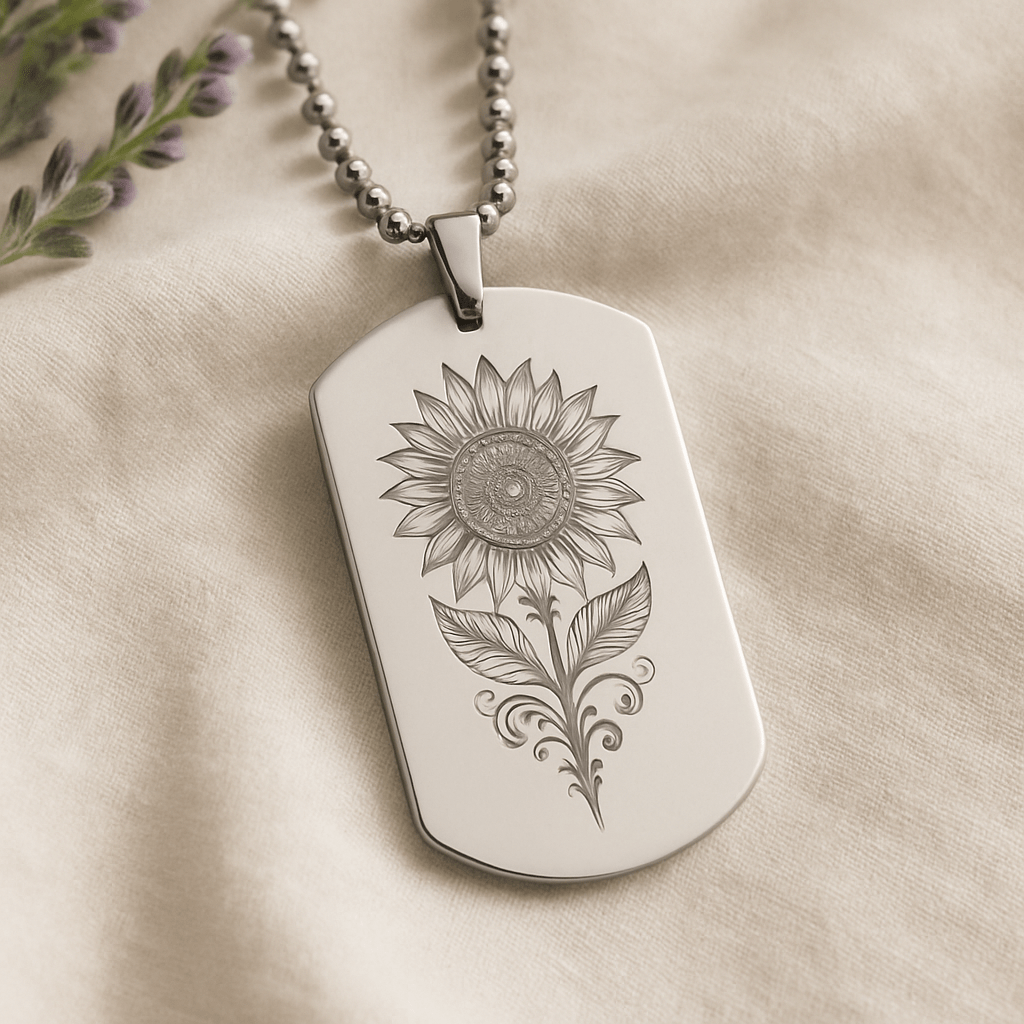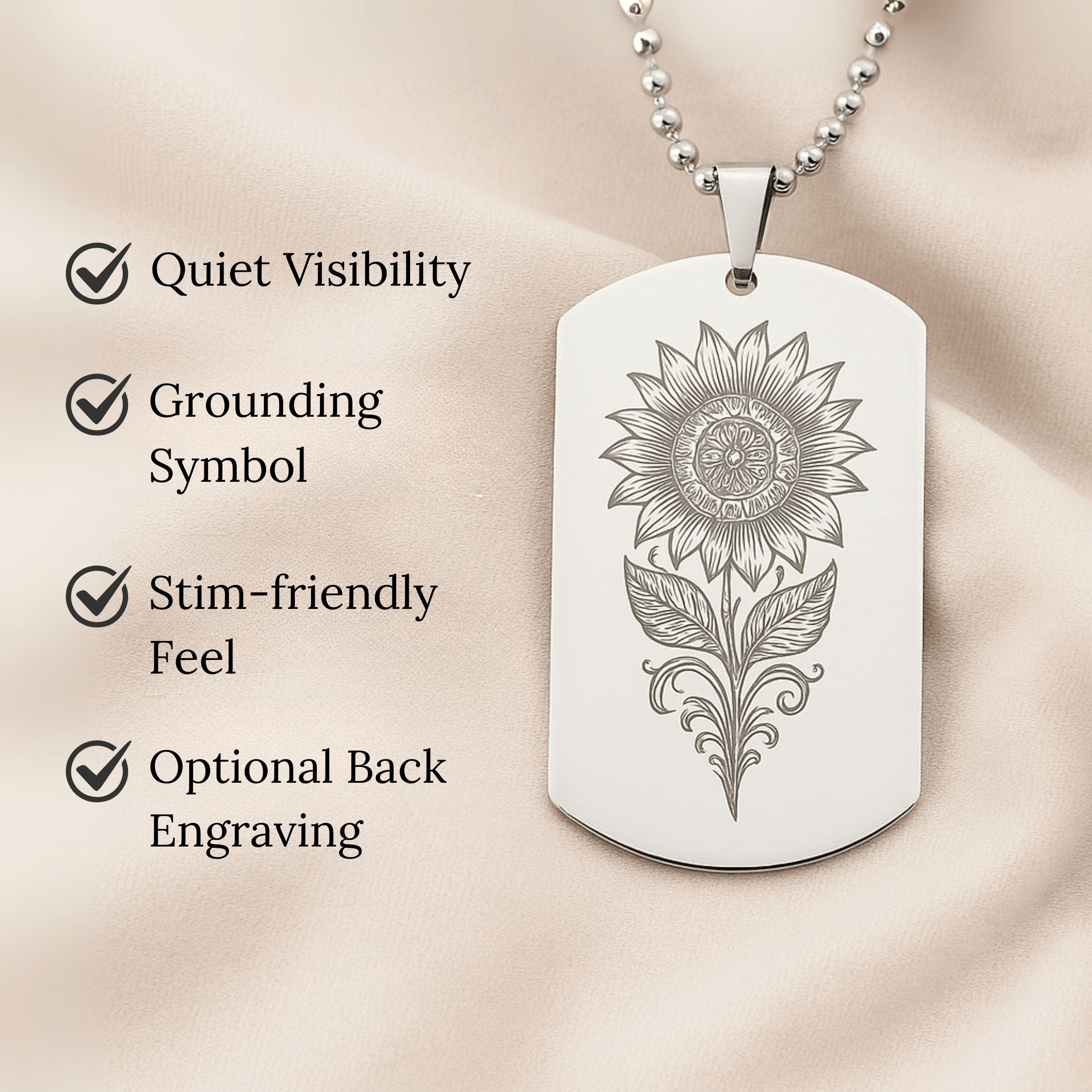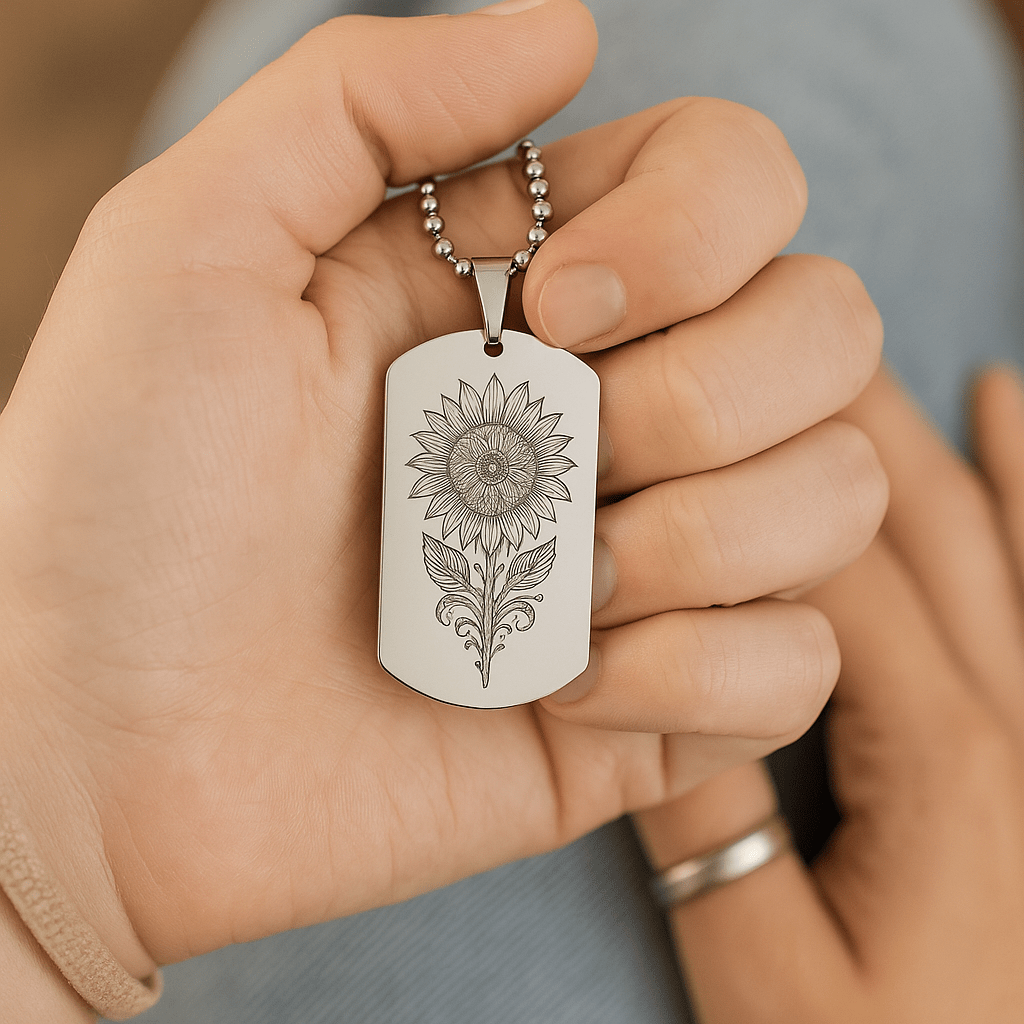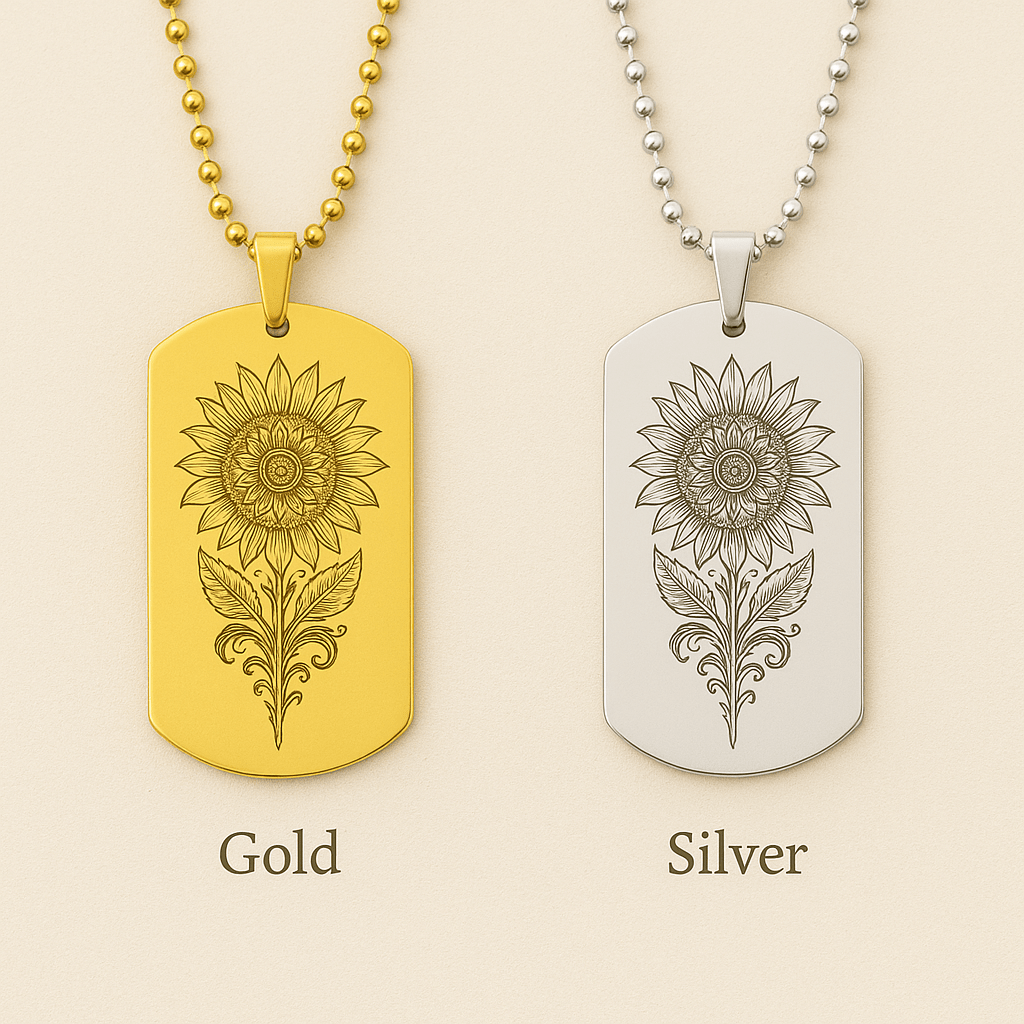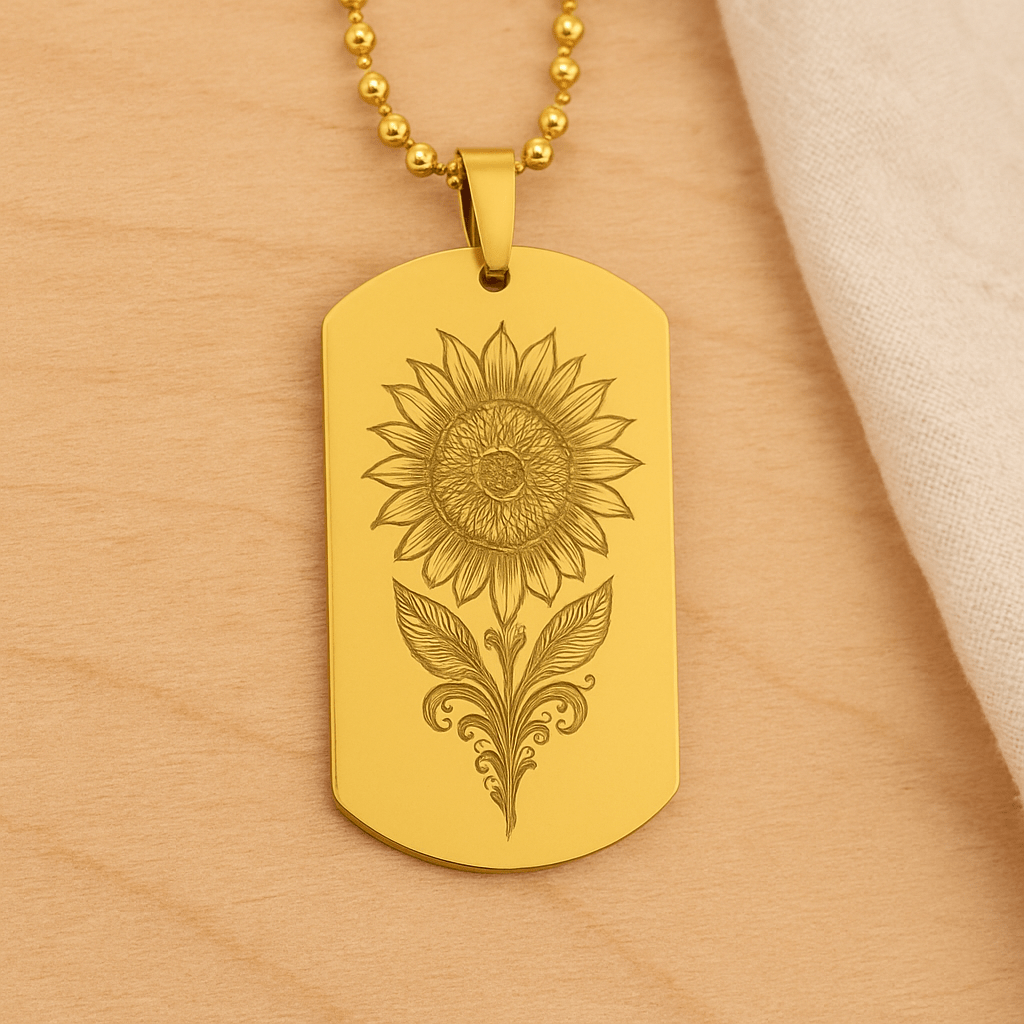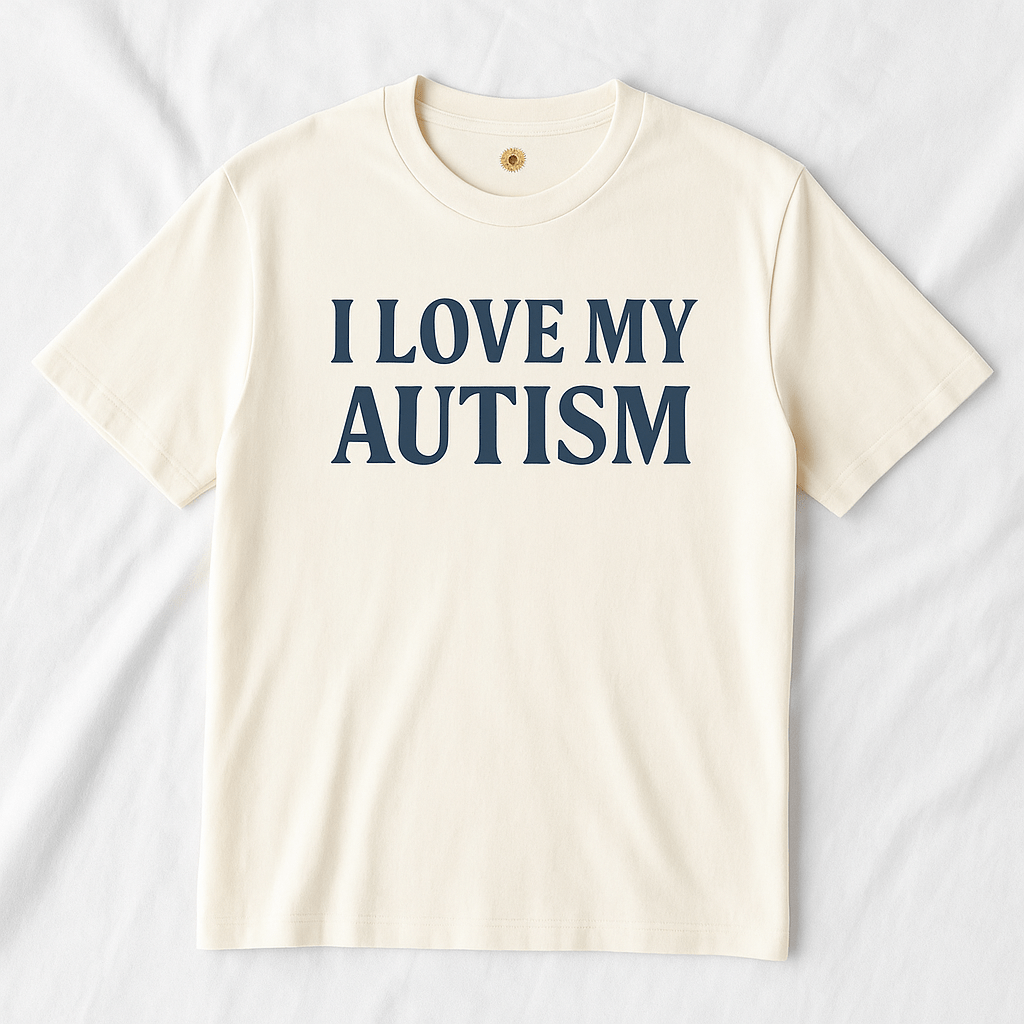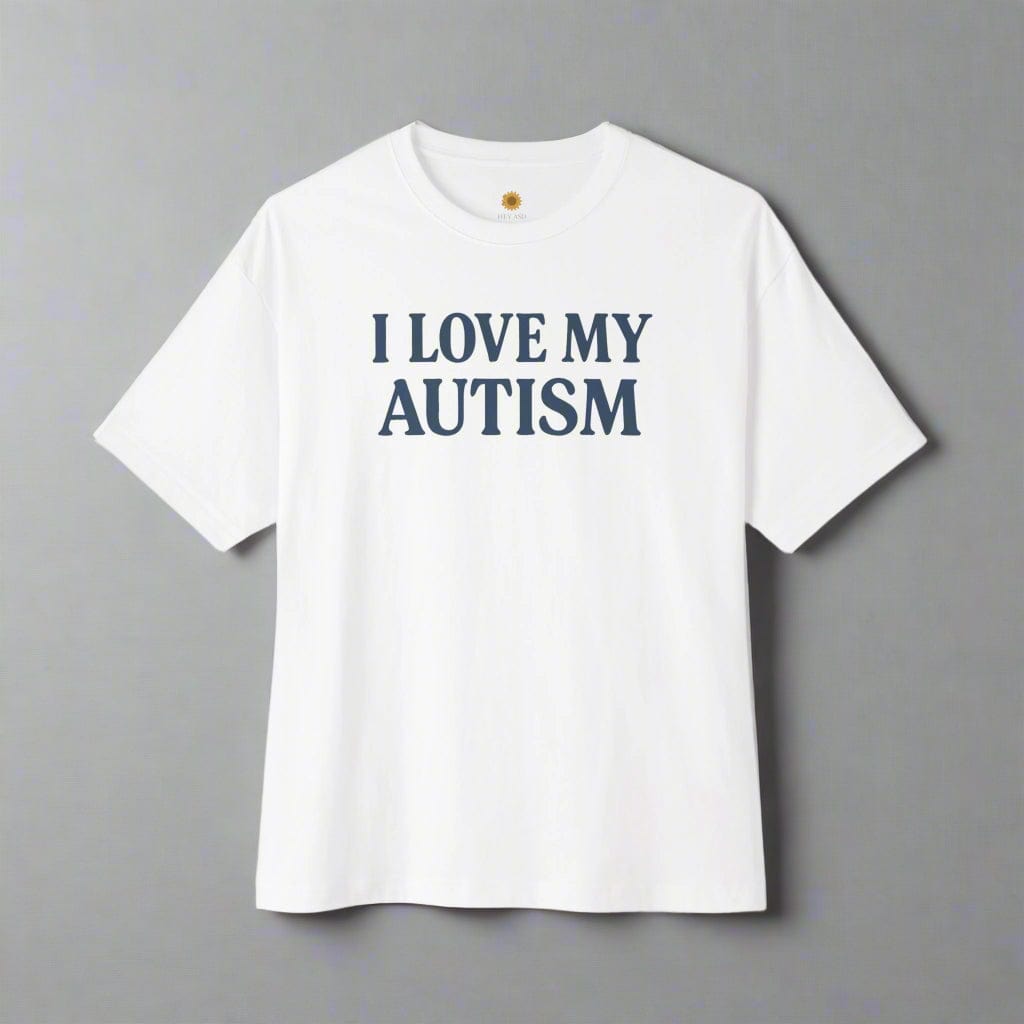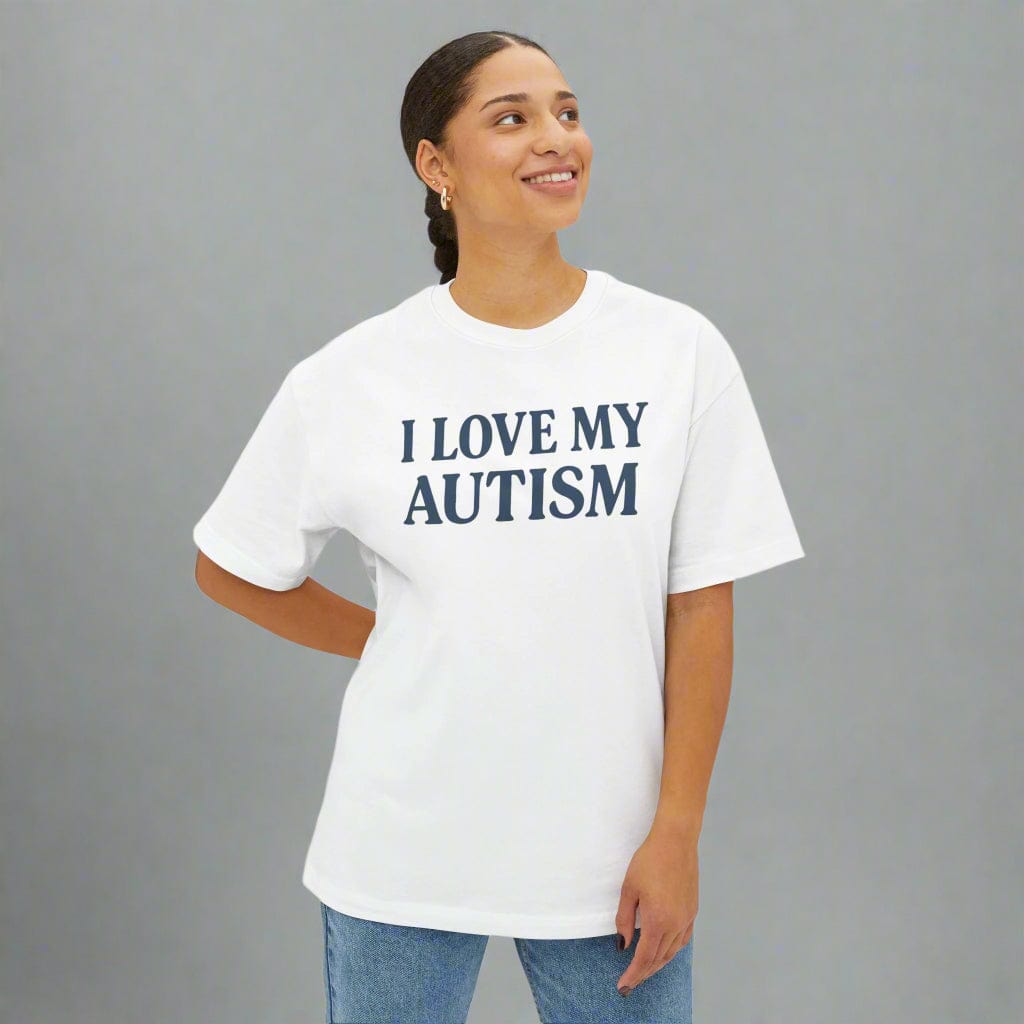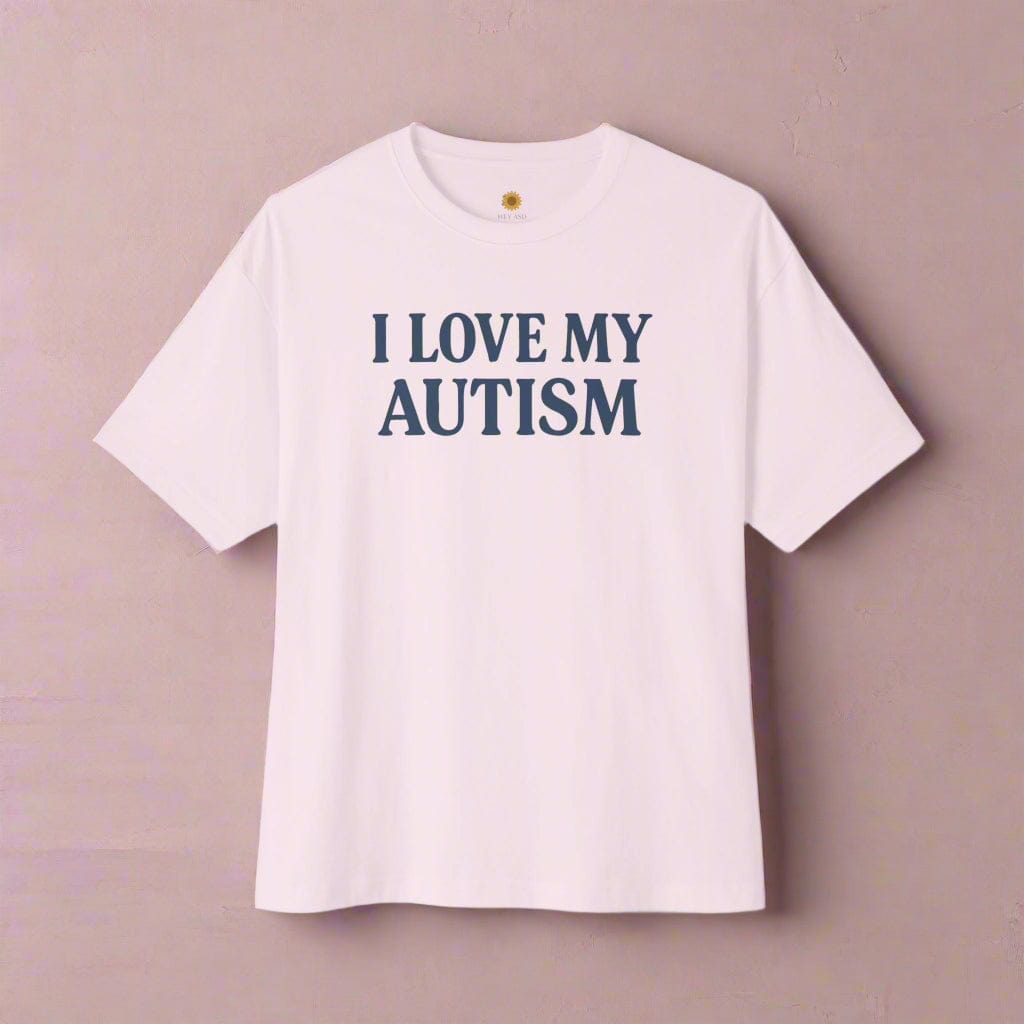Autism Journaling: A Guide to Self-Expression, Emotional Regulation & Growth

Written by the HeyASD Editorial Team
Journaling can be a powerful tool for autistic individuals to express themselves, regulate their emotions, and improve their social skills. In this article, we will explore the benefits of journaling for autistic individuals and provide tips on how to get started. We will also discuss different journaling techniques and how journaling can be used as a therapeutic tool. Additionally, we will explore how journaling can promote self-reflection, creativity, problem-solving, and decision-making. Finally, we will highlight key takeaways from each section to help you understand the art of journaling for autistic individuals.
Key Takeaways
- Journaling can help autistic individuals regulate their emotions and improve their emotional well-being.
- Journaling provides a means of self-expression and communication for autistic individuals.
- Autism-themed journals may assist with self-identification and empowerment.
- Engaging in journaling can help autistic individuals improve their social skills and build connections with others.
- Choosing the right journal and setting up a journaling routine are important steps in getting started with journaling.
- Creating a safe and supportive environment is crucial for autistic individuals to feel comfortable and confident in their journaling practice.
Introduction to Journaling
Journaling is more than just putting pen to paper—it’s a profound tool for self-expression and personal growth. For autistic adults, journaling offers a structured way to process thoughts, navigate emotions, and make sense of daily life.
This private practice creates a safe space to explore feelings, reflect on experiences, and develop a deeper understanding of oneself. Whether used to manage stress, track progress, or simply to express creativity, journaling can significantly enhance emotional well-being and self-awareness. In this blog, we explore how journaling offers autistic individuals a valuable path to improved communication, self-reflection, and overall well-being.
What is Journaling?
Journaling is the practice of recording your thoughts, feelings, and experiences in a written format. It serves as a powerful tool for self-reflection, self-expression, and personal growth, allowing individuals to explore their emotions and behaviors in a structured way.
Journaling can take many forms—some prefer the tactile experience of traditional pen and paper, while others use digital apps or even voice recordings. For autistic individuals, journaling can be especially helpful in enhancing self-expression and communication skills, providing a safe outlet to process complex feelings and reduce stress. By writing regularly, individuals can better understand themselves, reflect on their experiences, and find new ways to cope with daily challenges.
Brief History and Purpose of Journaling
The roots of journaling stretch back to ancient times, when people would document their lives, thoughts, and emotions as a means of self-reflection and personal growth. Over centuries, journaling has evolved into a widely recognized therapeutic practice, supporting mental health, emotional well-being, and increased self-awareness.
The core purpose of journaling is to offer a private, judgment-free space for individuals to express themselves, reflect on their experiences, and gain a deeper understanding of their feelings and behaviors. For autistic adults, journaling is a valuable tool for developing coping strategies, building self-esteem, and enhancing emotional regulation. By making journaling a regular part of self-care, autistic individuals can foster greater well-being and resilience in their daily lives.
Why Journaling Matters for Autistic Individuals
Journaling holds special significance for autistic individuals, providing a safe and structured outlet for self-expression and emotional processing. In a quiet and comfortable space, journaling allows autistic people to explore their thoughts, feelings, and sensory experiences without fear of judgment.
Using journal prompts can help guide self-reflection, making it easier to communicate complex emotions and gain increased self-awareness. Regular journaling can reduce stress, manage sensory overload, and support emotional well-being by offering a sense of calm and control. It also serves as a powerful tool for goal setting, helping individuals reflect on long-term goals and create actionable strategies for personal growth. When combined with self-care practices and additional support like ABA therapy, journaling becomes an invaluable resource for enhancing the overall well-being and self-understanding of autistic individuals.
Understanding Autism Spectrum Disorder (ASD)
What is Autism Spectrum Disorder?
Autism Spectrum Disorder (ASD) is a neurodevelopmental disorder that affects individuals in various ways. It is characterized by unique patterns of social communication and challenges in understanding nonverbal cues. People with ASD may also experience difficulties in sensory processing and have different perspectives and inner experiences. Unfortunately, society often lacks understanding and appreciation for these differences, leading to misunderstandings and judgments. To foster better communication between autistic and neurotypical individuals, it is important to deepen our understanding of ASD and create a supportive environment.
Common Characteristics of Autism
Autistic individuals may exhibit delays in acquiring language and atypical behaviors, such as unconventional vocalizations. They may have a reduced frequency and range of nonverbal gestures, including delayed use of pointing and limited joint attention. Autistic individuals may also show reduced responsiveness to others' speech and use words in unique ways. They often have a detail-oriented cognitive style and passionate interests. Sensory processing difficulties and challenges in reading nonverbal cues are common. Autistic individuals may face societal challenges due to lack of understanding and appreciation. They may use visual supports and alternative devices for communication.
Types of Autism Spectrum Disorder
Many children on the spectrum show delays in acquiring language and exhibit atypical behaviors. They may have reduced nonverbal gestures and responsiveness to speech. Autistic individuals may also experience sensory processing difficulties and challenges in social communication. Society's lack of understanding can further contribute to their struggles. It is important to provide support and create an inclusive environment for individuals with autism spectrum disorder
Benefits of Journaling for Autistic Individuals
Emotional Regulation
Caregivers have many ways to help their children succeed in school and develop socially. It is extremely important to respect our child's unique pace and how they best learn. If you push your child beyond their pace, they may struggle with regulating emotions and mastering new skills. Connect with nature. When all else fails, take it outside. Connecting with nature is one of my son's favorite types of self-care. Being outside can regulate mood and thinking, and offer a break from the world. Connect with your child by taking a neighborhood walk, playing in the backyard, going to the playground/park, or taking a hike. Taking breaks is a good thing. My son has difficulty embracing a break when he is attempting to do something that is making him quite frustrated. Taking a break can help us get a new perspective or ideas, or attend to other needs that may make the process easier if we return later. Rushing
Self-Expression and Communication
Understanding and embracing the unique communication strengths of autistic individuals is crucial for fostering self-expression and effective communication. Some individuals may excel in making requests or offering comfort and , while others may struggle with commenting on others' statements or expressing their feelings. By recognizing these strengths and challenges, we can create a supportive environment that encourages growth and development.
To enhance communication, various techniques can be employed. These include using photos, gestures, or visuals like the Picture Exchange Communication System (PECS), typing instead of verbal expression, or employing structured questions to initiate conversations. Clear and explicit communication, supplemented by visual support, can greatly facilitate understanding and connection.
It is important to remember that communication strategies should be tailored to the individual's unique needs and preferences. By celebrating and embracing diverse communication styles, we can create a more inclusive and understanding society.
Key Points:
- Recognize and appreciate the communication strengths and challenges of autistic individuals.
- Employ techniques like PECS, typing, and structured questions to enhance communication.
- Provide clear and explicit communication, supplemented by visual support.
- Tailor communication strategies to individual needs and preferences.
Tip: Create a supportive environment that encourages self-expression and celebrates diverse communication styles.
Improving Social Skills
Improving social skills is crucial for autistic individuals to thrive in their personal and professional lives. Here are some strategies to enhance social interactions:
- Practice active listening: Paying attention to others and showing genuine interest in their thoughts and feelings can foster meaningful connections.
- Develop non-verbal communication skills: Understanding and using body language, facial expressions, and gestures can help convey emotions and intentions effectively.
- Engage in role-playing activities: Acting out social scenarios can provide a safe space to practice social skills and build confidence.
- Join social groups or clubs: Participating in activities with like-minded individuals can create opportunities for socializing and developing friendships.
Remember, improving social skills is a journey that requires patience and understanding. Celebrate every small step forward and embrace the unique strengths that autistic individuals bring to social interactions.
Getting Started with Journaling
Choosing the Right Journal
Finding the perfect journal is an important step in your journaling journey. Autistic individuals have unique needs and preferences, so it's crucial to find a journal that suits your specific requirements. Here are some factors to consider when choosing the right journal:
- Size: Opt for a journal that feels comfortable to hold and write in.
- Paper Quality: Look for smooth, thick paper that won't bleed through.
- Sensory Features: Consider journals with tactile covers or textured pages for added sensory stimulation.
- Personalization: Choose a journal that allows you to express your individuality through customizable covers or pages.
Remember, your journal is a personal space for self-expression and reflection. Find one that resonates with you and enhances your journaling experience.
Setting Up a Journaling Routine
Creating a consistent journaling routine is crucial for autistic individuals to reap the full benefits of this practice. Here are some tips to help you establish a routine that works for you:
- Find a quiet and comfortable space: Choose a peaceful environment where you can focus and feel at ease.
- Set a specific time: Designate a regular time each day for journaling, whether it's in the morning, afternoon, or evening.
- Gather your journaling materials: Have your favorite journal, pens, and any other creative tools ready to use.
- Start with small sessions: Begin with shorter journaling sessions and gradually increase the duration as you become more comfortable.
- Experiment with different formats: Explore various journaling techniques, such as freewriting, visual journaling, or prompt-based journaling, to find what resonates with you.
Remember, the key is to create a routine that feels enjoyable and supportive to your unique needs and preferences.
Creating a Safe and Supportive Environment
A village of support can include family, friends, or even professionals for both you and your child. Many autistic children require various types of therapy to learn the skills they need to navigate a world that wasn't designed for them. The same goes for caregivers; many times, we need a professional to help us navigate life‘s difficulties or to teach us new coping skills.
Take a Break
Managing stress levels and taking proper care of oneself requires one to embrace breaks. Learning to give yourself a break and cut yourself some slack can be difficult. It is tough being a parent or caregiver, especially for children with autism or complex needs. Show yourself some grace. Embrace respite care for your child and yourself which can give you time to rest and recoup. Try out journaling, gratitude practice, or affirmations. Some caregivers find comfort in reading affirmations, practicing gratitude, and journaling. Try it. Prioritize time with your partner and other members of the family. Prioritizing time spent with others besides those you are caring for.
Journaling Techniques for Autistic Individuals
Freewriting
Unleash your creativity and let your thoughts flow freely with freewriting. Express yourself without judgment or constraints, allowing your ideas to take shape on the page. Explore different topics, emotions, and experiences through this unstructured writing technique. Use freewriting as a tool for self-discovery, self-expression, and personal growth. Embrace the power of your unique perspective and celebrate your autistic identity through the art of freewriting.
Incorporate freewriting into your journaling practice with these tips:
- Set a timer for a designated period of time, such as 10 minutes, and write continuously without pausing or editing.
- Write without worrying about grammar, spelling, or punctuation. The focus is on capturing your thoughts and ideas.
- Don't censor yourself. Let your thoughts flow naturally, even if they seem random or disconnected.
Tip: Freewriting can be especially beneficial for individuals who struggle with verbal communication, as it provides a non-intimidating platform for self-expression and exploration.
Visual Journaling
Visual journaling is a powerful tool for self-expression and exploration. Autistic individuals can use artistic techniques such as drawing, painting, and collaging to communicate their thoughts and emotions. This form of journaling allows for non-verbal expression and can be especially beneficial for those who struggle with verbal communication. By engaging in visual journaling, individuals can tap into their creativity and imagination, while also processing and reflecting on their experiences. It provides a safe and non-judgmental space to explore their unique perspectives and celebrate their autistic identity
Prompt-based Journaling
Prompt-based journaling is a powerful tool for autistic individuals to explore their thoughts and emotions. By providing specific prompts or questions, it helps to guide the journaling process and encourages self-reflection. Journaling prompts can be tailored to individual interests and experiences, allowing for a personalized and meaningful journaling experience. This type of journaling can be especially beneficial for individuals who may struggle with initiating writing or organizing their thoughts. It provides a structured framework that promotes self-expression and creativity. Through prompt-based journaling, autistic individuals can gain insights, process emotions, and develop a deeper understanding of themselves.
Using Journaling as a Therapeutic Tool
Processing Emotions and Trauma
Processing emotions and trauma can be challenging for autistic individuals. Autistic individuals may have difficulty expressing their emotions and may struggle with understanding and managing intense feelings. Journaling can provide a safe and supportive outlet for exploring and processing emotions. It allows individuals to reflect on their experiences, identify triggers, and develop coping strategies. By putting their thoughts and emotions into words, autistic individuals can gain a better understanding of themselves and their emotions. Journaling fosters a deeper understanding of feelings, which can enhance emotional permanence. Journaling can also help in building emotional regulation skills and promoting self-awareness.
Building Self-Awareness
Building self-awareness is a crucial aspect of journaling for autistic individuals. It allows us to understand our own thoughts, emotions, and behaviors on a deeper level. By reflecting on our experiences and writing them down, we can gain insight into our strengths, challenges, and personal growth. Through regular journaling, autistic individuals can gain a better understanding of their sensory experiences, social interactions, and emotional responses. Self-reflection is an important practice that helps us identify patterns and triggers, enabling us to develop strategies for self-care and self-improvement.
To enhance self-awareness through journaling, consider the following:
- Reflect on your daily experiences: Take a few minutes each day to write about your thoughts, feelings, and experiences. This can help you identify patterns and gain a better understanding of yourself.
- Explore your emotions: Use journaling as a tool to explore and express your emotions. Write about what makes you happy, sad, anxious, or excited. This can help you develop emotional regulation skills.
- Track your progress: Use your journal to track your progress towards personal goals. Celebrate your achievements and reflect on areas where you can continue to grow.
Remember, journaling is a personal journey, and there is no right or wrong way to do it. Find a journaling style that works for you and embrace the process of self-discovery and self-expression.
Tracking Progress and Goals
Tracking progress and goals is an essential part of journaling for autistic individuals. It allows them to reflect on their journey and celebrate their achievements. Setting clear and measurable goals can provide a sense of direction and motivation. Regularly reviewing progress helps to stay on track and make adjustments when needed. Additionally, journaling can be used to track emotions and identify patterns that may impact progress. By keeping a record of their experiences, individuals can gain valuable insights and make informed decisions. Here are some tips for incorporating wall art into an autism-friendly environment:
Journaling for Self-Reflection and Growth
Exploring Personal Identity
Exploring personal identity is an essential part of the journaling journey for autistic individuals. It allows us to understand ourselves better and celebrate our unique qualities. Journaling provides a safe space to reflect on our experiences, thoughts, and emotions, helping us uncover our true selves. Through journaling, we can explore our interests, passions, and values, and gain a deeper understanding of who we are. It's a powerful tool for self-discovery and self-expression, allowing us to embrace our autistic identity and share our stories with the world.
Identifying Strengths and Challenges
Understanding the strengths and challenges of autistic individuals is crucial for providing effective support. It involves striving to identify and appreciate the communication strengths of each individual, such as their ability to make requests or offer comfort and empathy. It also means recognizing the communication challenges they face, like commenting on others' statements or expressing their feelings. By understanding these strengths and challenges, we can tailor strategies to help them approach their goals. Autistic individuals have unique special interests that can be celebrated and incorporated into their journaling practice. Through journaling, they can explore and express their passions, gaining a deeper understanding of themselves and their world.
Setting Personal Development Goals
Setting personal development goals is an essential part of the journaling process for autistic individuals. It allows them to focus on their strengths and challenges, and work towards self-improvement. Practical strategies can be used to set effective goals, such as breaking them down into smaller, manageable steps and setting specific, measurable targets. By setting personal development goals, autistic individuals can track their progress, celebrate their achievements, and continue to grow and thrive.
Journaling as a Creative Outlet
Artistic Journaling
Artistic journaling is a creative and expressive form of journaling that celebrates the autistic identity. Through artistic mediums such as drawing, painting, and collage, individuals can communicate their thoughts and emotions in a visual and tactile way. This form of journaling can be a therapeutic outlet for self-expression and can help individuals explore their unique perspectives. Whether it's creating vibrant illustrations or experimenting with mixed media, artistic journaling allows autistic individuals to celebrate their creativity and find joy in the process.
- Express yourself visually: Use colors, shapes, and textures to convey your emotions.
- Experiment with different mediums: Try painting, drawing, or collage to find what resonates with you.
- Create a sensory experience: Incorporate tactile elements like textured paper or fabric into your journal.
Tip: Let go of expectations and embrace the freedom of artistic expression. There are no right or wrong ways to create art in your journal.
Writing Fiction and Poetry
Unleash your creativity and explore the power of storytelling through writing fiction and poetry. Autistic individuals have unique perspectives and imaginative minds that can bring a fresh and captivating voice to their literary works. Express your thoughts and emotions in a creative and artistic way, using words to paint vivid pictures and evoke powerful emotions. Dive into the world of characters, plots, and metaphors, and let your imagination soar. Discover the joy of self-expression through storytelling and poetry, and share your unique experiences and insights with the world. Embrace your autistic identity and celebrate the beauty of your creative mind.
Creating Collages and Scrapbooks
Creating collages and scrapbooks is a creative and tactile way for autistic individuals to express themselves. Temple Grandin, a renowned autism advocate, has emphasized the importance of visual thinking and creativity in the autistic community. Collages and scrapbooks allow individuals to curate their experiences and showcase their unique perspectives. Through the use of colors, textures, and images, they can communicate their thoughts and emotions in a visually engaging manner. This form of journaling provides a multi-sensory outlet for self-expression and can be a therapeutic and empowering activity for autistic individuals.
Journaling for Problem Solving and Decision Making
Brainstorming and Mind Mapping
Brainstorming and mind mapping are powerful techniques for generating ideas and organizing thoughts. Sensory integration therapy can be a helpful tool during these processes, as it allows individuals to engage their senses and explore different perspectives. By incorporating sensory experiences into brainstorming and mind mapping, autistic individuals can tap into their unique strengths and enhance their creative problem-solving abilities. Here are some tips for incorporating sensory integration therapy into brainstorming and mind mapping:
- Create a sensory-rich environment with calming lights, soothing sounds, and tactile materials.
- Use sensory tools like fidget toys or weighted blankets to promote focus and relaxation.
- Experiment with different textures, colors, and scents to stimulate creativity.
Remember, sensory integration therapy can provide a supportive and stimulating environment for autistic individuals to unleash their creativity and unlock new ideas
Journaling for Decision Making
Journaling can be a powerful tool for autistic individuals when it comes to making decisions. By putting thoughts and ideas onto paper, individuals can gain clarity and perspective on different options. Reflecting on past experiences and emotions can provide valuable insights that can inform decision-making processes. Additionally, journaling allows individuals to explore their thoughts and feelings in a safe and supportive environment, helping them to better understand their own desires and priorities. Whether it's brainstorming ideas, weighing pros and cons, or evaluating potential outcomes, journaling can help autistic individuals make informed decisions that align with their values and goals.
Problem Solving through Writing
Writing can be a powerful tool for problem solving and decision making for autistic individuals. Expressing thoughts and emotions through writing allows for clarity and reflection, helping to organize ideas and find solutions. Here are some ways writing can aid in problem solving:
- Brainstorming and Mind Mapping: Writing down ideas and visually mapping them out can stimulate creativity and generate new perspectives.
- Journaling for Decision Making: Keeping a journal can provide a space to weigh pros and cons, explore options, and make informed decisions.
- Problem Solving through Writing: Writing about a problem can help break it down into manageable parts, identify patterns, and develop strategies for resolution.
Remember, writing is a personal and flexible process, so find the techniques that work best for you. As you engage in problem solving through writing, embrace your unique autistic identity and celebrate the strengths it brings to the table.
Journaling for Problem Solving and Decision Making is a powerful tool that can help individuals with autism navigate their daily challenges. By writing down their thoughts, feelings, and experiences, individuals can gain clarity and insight into their problems and make more informed decisions. At Autism Store, we understand the importance of supporting individuals with autism in their journey towards self-discovery and growth. That's why we offer a wide range of products, including autism wall art, t-shirts, puzzles, and more. Our goal is to inspire and empower individuals with autism, and our blog provides valuable resources and support for the autism community. Visit our website, heyasd.com, to explore our collection and find the perfect items that resonate with you. Together, let's embrace the power of journaling and make positive changes in our lives.
Join Hundreds of Autistic Adults Feeling
More Comfort in Their Own Skin
Use code WELCOME10 for 10% off your first order.
Start Your Comfort JourneyConclusion
In conclusion, journaling can be a powerful tool for autistic individuals to navigate the challenges they face. It provides a means of self-expression, reflection, and self-discovery. By journaling, individuals can explore their thoughts, emotions, and experiences, and gain a better understanding of themselves. Writing about a time when they experienced personal growth or overcame a challenge can be especially meaningful. Reflecting on a specific moment that evoked strong emotions can help deepen self-awareness. Describing how they felt during these moments allows for greater emotional clarity. Recognizing and expressing each feeling is an important part of the journaling process. Focusing on positive experiences can also enhance mood and overall well-being. Journaling can also help improve communication skills, as individuals can practice expressing their thoughts and feelings in a safe and non-judgmental space. Additionally, journaling can serve as a coping mechanism, allowing individuals to release stress and anxiety. Overall, incorporating journaling into the lives of autistic individuals can have numerous benefits and contribute to their overall well-being.
How can journaling benefit autistic individuals?
Journaling can benefit autistic individuals by helping with emotional regulation, self-expression and communication, and improving social skills.
What are some challenges autistic individuals may face with journaling?
Some challenges autistic individuals may face with journaling include fine motor difficulties, learning disabilities, and difficulty with handwriting.
What are some journaling techniques that can be helpful for autistic individuals?
Some journaling techniques that can be helpful for autistic individuals include freewriting, visual journaling, and prompt-based journaling.
How can journaling be used as a therapeutic tool for autistic individuals?
Journaling can be used as a therapeutic tool for autistic individuals by helping with processing emotions and trauma, building self-awareness, and tracking progress and goals.
How can journaling help with self-reflection and growth for autistic individuals?
Journaling can help with self-reflection and growth for autistic individuals by exploring personal identity, identifying strengths and challenges, and setting personal development goals.
How can journaling be used as a creative outlet for autistic individuals?
Journaling can be used as a creative outlet for autistic individuals through artistic journaling, writing fiction and poetry, and creating collages and scrapbooks.
How can journaling help with problem solving and decision making for autistic individuals?
Journaling can help with problem solving and decision making for autistic individuals through brainstorming and mind mapping, journaling for decision making, and problem solving through writing.
What are some tips for getting started with journaling for autistic individuals?
Some tips for getting started with journaling for autistic individuals include choosing the right journal, setting up a journaling routine, and creating a safe and supportive environment.
On This Page
Frequently asked questions
How can journaling support emotional regulation for autistic individuals?
What are some effective journaling techniques that promote autism self-expression?
How do sensory-friendly journals enhance the journaling experience for autistic people?
In what ways can journaling help improve social skills and communication?
What types of disability support tools, like calming blankets or sensory tools, can complement a journaling routine?
How can autistic individuals create a safe and supportive environment for their journaling practice?
What are the benefits of using journaling for self-reflection and personal growth on the autism spectrum?
How can journaling assist with problem solving and decision making for autistic individuals?
Are there autism-themed products, such as t-shirts or decor, that can inspire and encourage journaling and self-expression?

About the HeyASD Editorial Team
Autistic‑owned • Values‑led • Sensory‑friendly design
We are autistic creators, writers, and advocates dedicated to producing resources that are practical, sensory-aware, and grounded in lived experience. Our mission is to make information and products that support the autistic community accessible to everyone, without jargon or condescension. Learn more about our team.
This article is written from lived autistic experience and an evidence-aware perspective. It is for general informational purposes only and should not be taken as medical, legal or therapeutic advice.
Always consult a qualified clinician or occupational therapist for individual needs and circumstances.

About Our Autism Blog
HeyASD isn’t just a store, it’s a calm, supportive space created by and for autistic adults. Our blog shares sensory-friendly tips, identity-affirming stories, and heartfelt resources for navigating life as an autistic person. Whether you're late-diagnosed, exploring your needs, or supporting someone you love, you're welcome here.
Thank you for reading. We hope these resources bring comfort and clarity.












